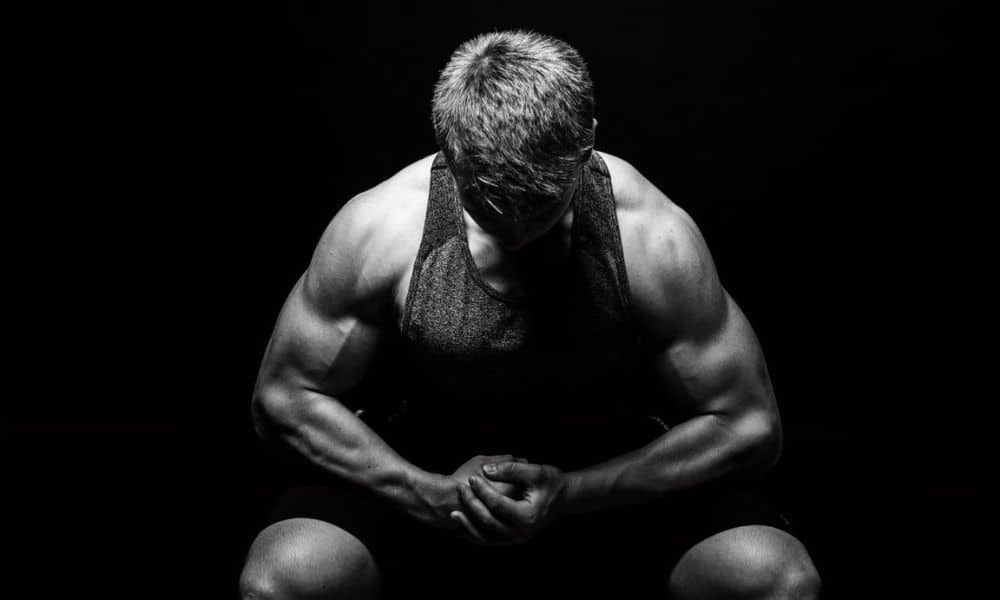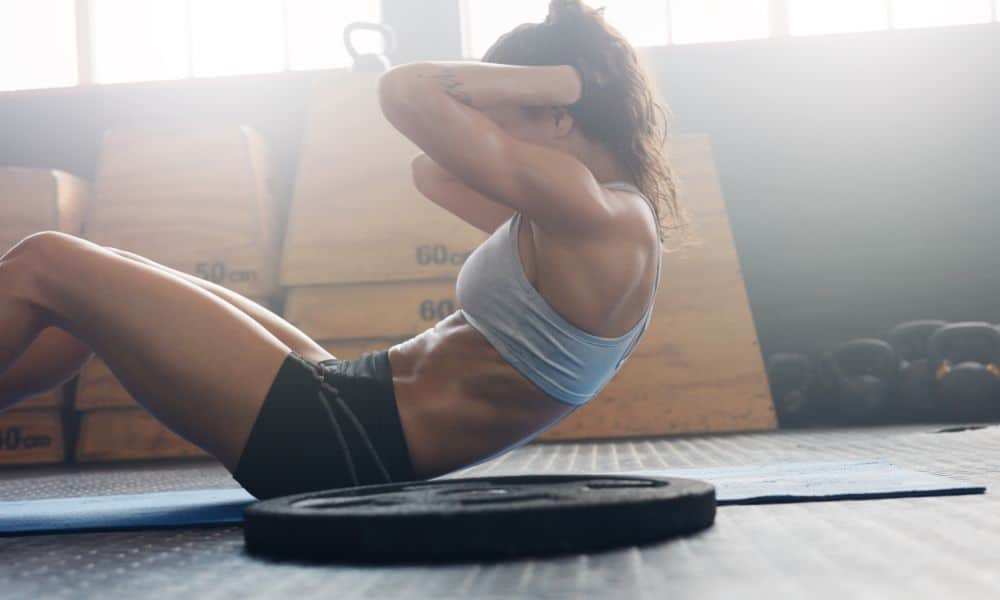Why are my muscles not getting bigger? It is the most frequently asked question to trainers and fitness experts. What else matters? If you are in the gym or reading this article, you want bigger muscles. Don’t worry; this article will explain the number one reason you are not growing bigger muscles and what you can do about it.
What is preventing you from growing bigger muscles during your workouts?
You are lifting the weight, putting in the time, listening to the experts, and killing yourself at the gym, but your muscles are not getting bigger and stronger. You have spent your money, time, and energy on things that should work but do not work. So what is preventing you from getting bigger and stronger muscles? The answer is simple and quite common. It is your form. Yes, your form is destroying your results. Unless you fix it, your results are going to get worst.
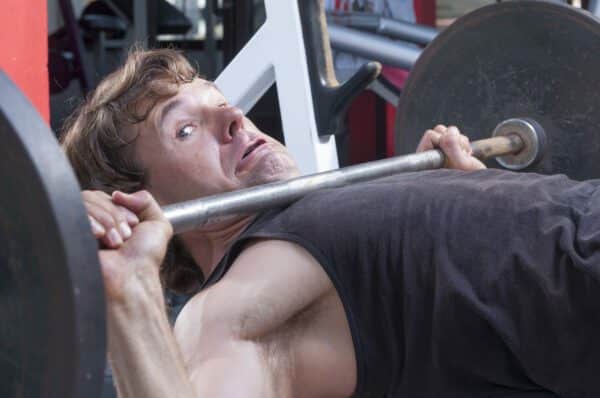
The wrong form prevents you from creating bigger and stronger muscles and causes injuries.
The wrong form, injuries, and smaller and weaker muscles go together. When you use the wrong form, it puts the work on the wrong muscle group. Forcing a muscle to do what it can not do eventually leads to injuries. Your muscles can only move and work in a specific way. They can pull, push, bend, or rotate. For example, the knee can bend, and it does it perfectly, but if you ask the knee to rotate, it will fail you.
The wrong form comes from:
- Using the wrong hand and foot placement and rotation
- Spreading the weight unevenly over the muscle
- Incorrectly performing the concentric, eccentric, and isometric movements.
- Moving the weight incorrectly over the lifting pathway
How do you use the right form to create bigger and stronger muscles?
First, you must know the exercise and the anatomy of the muscles you want to build. The hand and foot location and rotation are different for each exercise. Changing one of these factors places pressure and works on different muscle groups.
Your direction, not your intention, determines your destination. You must know precisely where to put your hands and feet on each lift, how to rotate your hands and feet to create the right angles, and finally, stay on the correct pathway to move the weight to work the muscles you intended.
Your starting point and final destination during each lift must be accurate. An invisible line determines your success and failure at growing each muscle during your lifts. When you move off the line during the lift, you get a negative result, but if you stay on the line during the lift, you reach the holy grail of bodybuilding (bigger and stronger muscles).
Example 1: Bench press
The bench press has several variations that work on different parts of your chest. The bench press types are wide, narrow, and standard grip, and incline, decline, and conventional bench press. By changing the resistance from the barbell, dumbbell, cables, body weight, and resistance band, you change the type of exercise you perform.
The most critical factor in executing the bench press is the path the weight must travel during the exercise.
The path the weight travels on during the bench press is a vertical line. The pressure must move from the center of your chest up the vertical line. The vertical line resides in the middle of your chest. Your clavicle, chest nibble, and sternum are excellent reference points to find where the vertical line lies on your chest. The vertical line pathway is at the midpoint of your clavicle, and the chest nibbles on your sternum.
When the weight does not travel on the vertical line pathway, it places your shoulders’ work and not your chest.
Many experienced lifters have destroyed their shoulders on the bench press. The shoulders compensate when the weight is too heavy for the chest, or the weight’s angle prevents it from evenly distributing across the chest. Large muscle groups like the chest, back, and legs do not have the same range of motion as their smaller counterparts.
When you ask large muscle groups to work outside their range of motion, the smaller muscle groups like the shoulders, knees, and lower back pay the price. Like in the Wizard of Oz, you get the best results from the bench press when you stay on the vertical line.
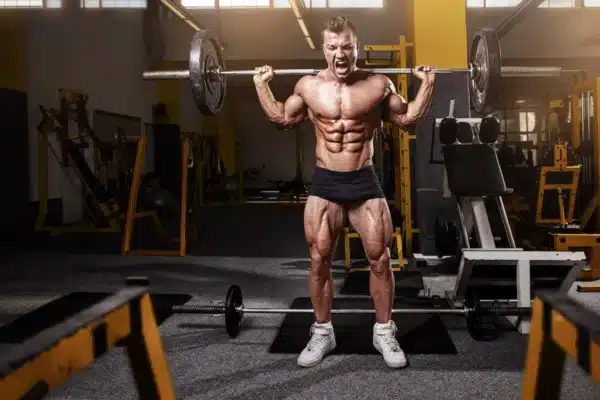
Example 2: Squat
Like the bench press, the squat has several variations that work different parts of the legs and butt. The foot location and rotation determine the type of squat you perform. The depth of the squat determines the workload of each muscle group. By changing the resistance from the barbell, dumbbell, machine, body weight, and resistance band, you change the type of squat you perform. There are more than 45 variations of the squat you can do.
Like the bench press, the most critical factor in correctly executing the squat is the path the weight must travel during the exercise.
The weight must be centered horizontally and vertically about the shoulders and spine of your body. Your feet’ placement and rotation determine how much pressure you want to apply to the front, back, inside, and outside of your legs and butt.
How feet placement and rotation work the legs and butt:
- By spreading your feet wider, you place more pressure and work on the back of your legs and butt.
- By narrowing your feet, you put more weight and work on the front of your legs.
- If you rotate your feet outward, you place more pressure and work on the inside of your legs and inner butt cheeks.
- When you do not rotate your feet, you place more pressure and work on the front and outside of your legs and outer butt.
No matter how you put or turn your feet, you must always maintain vertical integrity to work on the right muscle group and prevent injuries caused by working on the wrong muscle group.
When the weight does not travel on the vertical line pathway, it places the work on the knees and back, not your legs and butt.
I have a surgically repaired back from a car accident. Squats are the first exercise I perform on my leg days. If you can’t perform squats, then it is because you are not establishing and maintaining vertical integrity throughout your lift. The pressure should be on your legs and butt, not your knees or back. Lifting weight incorrectly or too heavily will cause your body to compensate by activating other muscle groups to support your legs and butt during the lift.
Working the wrong muscle groups causes injuries and prevents you from getting the desired results. By keeping the weight centered down your spine and using your feet to balance the weight, you ensure that the pressure is evenly distributed throughout your leg and butt muscles. The leg and butt muscles are a big set of muscle groups. They can work together when the weight is correctly loaded and maintained during the lift’s concentric, eccentric, and isometric portions.
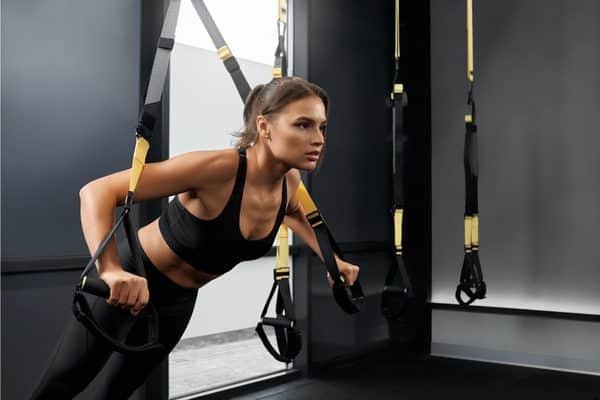
As with the bench press, you should work your mind as hard as your muscles during each lift.
Concentrate and demand that your body draw a vertical line during each squat. The brain uses more energy than any muscle in your body. The brain accounts for 20% of the energy your body uses each day, which is what all your muscles use together.
You can burn body fat and build muscle by lifting less and concentrating more. It is better not to squat than to squat incorrectly. Focus on the concentric, eccentric, and isometric. Slow down, and don’t bite off more than you can chew. By slowing down on your lifts and lifting less weight, you can focus on your form and get it right!
What is the significance of vertical and horizontal pathways when using the right form to grow bigger and stronger muscles?
When lifting weight, performing and maintaining vertical and horizontal integrity is not as easy as you might think. Let’s try an imaginary experiment. In your mind, take out a piece of paper and a pencil. Draw a straight line. Now place a ruler next to that line. How perfect is the line you created?
The pencil is light and easy to handle. Weight is not light, and it is difficult to handle, but like the pencil, you must move it in a straight line to work on the right muscle groups. Lifting weight vertically requires concentration and the correct amount of weight. If the pressure is too light, it will not challenge the muscles. If the weight is too heavy, your form will break down, putting pressure on the wrong muscle group.
When using the right form to grow bigger and stronger muscles, the significance of vertical and horizontal pathways changes how you workout. Vertical and horizontal pathways force you to use more mental energy and less volume to perform each lift.
Staying on the vertical and horizontal lines requires you to move slowly and concentrate during the concentric, eccentric, and isometric portions of each lift. The more you drive off the line, the worst your results. It is possible to workout; get injured without getting bigger or stronger. If you don’t believe me, look around the gym. Some guys have done it for years.
In conclusion
Not all exercises form vertical and horizontal lines during the lift. Some exercises like the curl and fly form 180-degree arcs. Curls and flies create a semicircle around the muscle you intend to work.
By focusing on the pathway the weight moves and not your body, you can get the results you are looking for and deserve. Do not get caught up in an ego trip; try to lift more weight than you need to build and strengthen your muscles. Most of the guys in the gym are lifting too heavy and will never see any results.
Work smarter and not harder at the gym because smarter gives you better results. You don’t have to feel the pain to get the gains you need. If you feel pain, your body tells you you are doing something wrong.
A good workout should pressure the muscles you want to build and not exhaust you after the workout. Your mission is to stimulate and challenge your muscles to grow, not destroy them by using incorrect forms or lifting too much weight.

